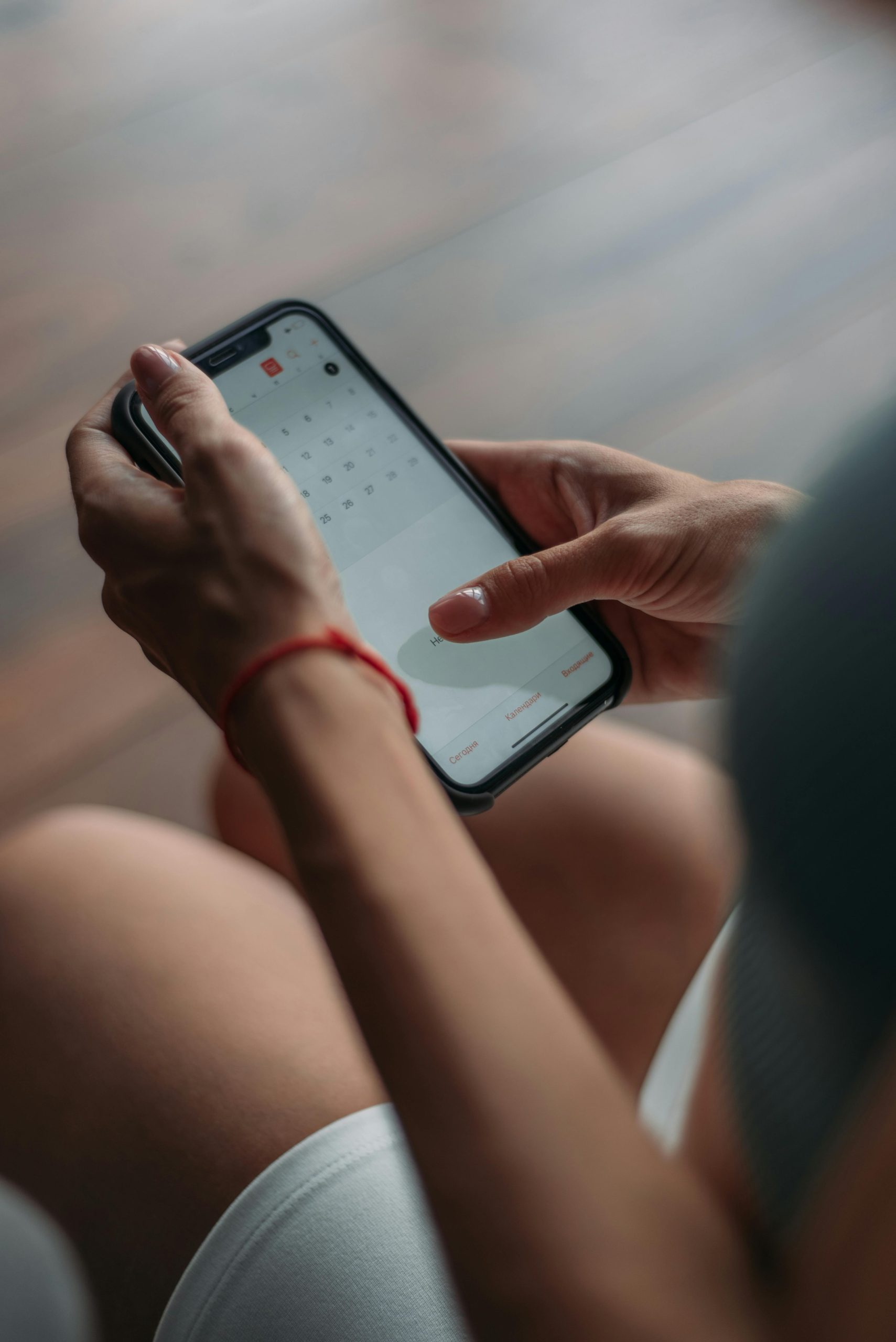Troubleshooting Excessive Battery Drain Caused by the Calendar App on Your Smartphone
Battery life is a vital aspect of smartphone usability, and unexpected drain can be frustrating and concerning. Recent reports indicate some users are experiencing disproportionately high battery consumption attributed to their calendar applications, even when not actively in use. If you find your device’s battery depleting rapidly and suspect the calendar app is the culprit, here are some insights and practical steps to address this issue effectively.
Recognizing the Issue
Many users have observed a sudden drop in battery percentage overnight. For instance, a typical scenario involves leaving a device at approximately 80% before sleep and waking up to find it depleted to 20%, an anomaly that warrants investigation. In such cases, the calendar app—an application often overlooked in its background activity—may be the silent culprit.
Common Symptoms
- Rapid battery depletion without heavy usage
- The calendar app running in the background unexpectedly
- Device heating up, sometimes notably (equivalent to a microwave sensation)
- No recent app updates or changes that could explain increased battery consumption
Diagnostic Steps
-
Check App Usage Statistics:
Access your device’s battery settings to identify which apps are consuming the most power. On Android, this is often found under Settings > Battery > Battery Usage; on iOS, navigate to Settings > Battery. -
Verify Background Activity:
Despite the appearance that the calendar app isn’t actively running in the background, it may still be consuming resources. Confirm by reviewing app activity details. -
Update or Reinstall the Calendar App:
Ensure you have the latest version of the app, as updates often include bug fixes related to battery drain. If issues persist, reinstalling the app can resolve corrupt files or misconfigurations.
Solutions to Reduce or Stop Battery Drain
-
Force Stop or Disable the App:
On Android: go to Settings > Apps > Calendar > Force Stop. If the app is unnecessary, consider disabling it entirely.
On iOS: you can offload or delete the app if it’s not essential. -
Restrict Background Data:
Limit the app’s ability to run in the background by adjusting app permissions, preventing unnecessary background processes. -
Clear App Cache and Data:
Clearing cached data can resolve glitches contributing to excessive battery use. -
Adjust Sync Settings:
Disable automatic calendar sync or set it to manual to
Share this content:

